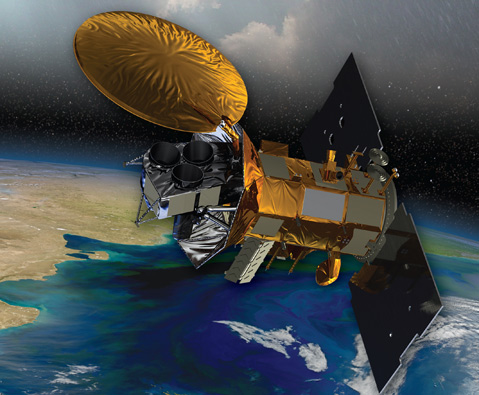
A highly anticipated NASA mission to study ocean salinity — which blasted off from Vandenberg Air Force Base in 2011 — came to an end June 8 when the spacecraft that carries NASA’s Aquarius instrument malfunctioned. However, the joint effort between NASA and the Argentinean Comisión Nacional de Actividades Espaciales (CONAE), achieved its mission, officials said.
According to a NASA press release, the Aquarius device proved it’s possible to measure salinity from space. The mission had an expected lifespan of three years, and after three years and nine months in space, Aquarius’s data is being used to better understand ocean activity and change, to enhance El Niño predictions, and display how precipitation and evaporation processes influence the saltiness of the ocean.
Furthermore, NASA disclosed that Aquarius’s data allows scientists to further examine the water cycle between the ocean, atmosphere, and sea-ice, which sheds light on how major floods affect our seas, how river outflows influence hurricanes, and how activity in the North Atlantic affects ocean circulation around the world.



